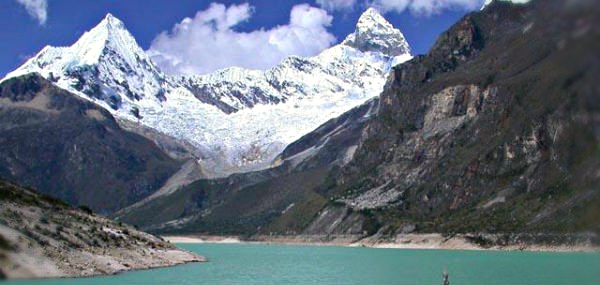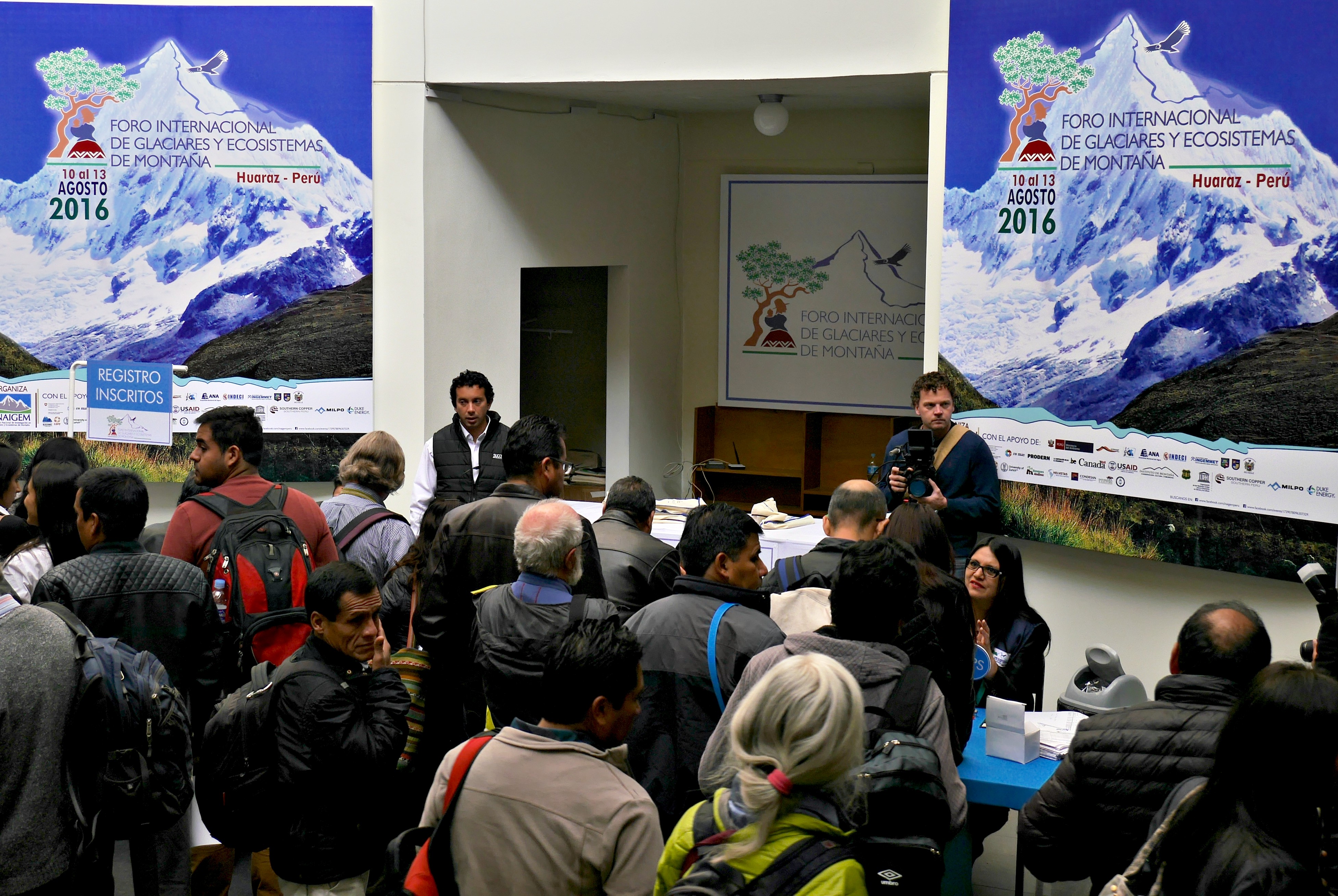
In recent years, we have witnessed significant changes in mountain ecosystems and glaciers. The accelerated retreat of glaciers and the increased number of lagoons are indicators of this process, and even if it means there is a major water reserve, there are risks of disasters that may affect nearby populations with weak adaptive capacity.
Peru, which has great ecological wealth, is considered one of the countries most vulnerable to climate change, aggravated by persistent socioeconomic gaps and conflicts arising from the management of natural resources. Indeed, the National Water Authority of Peru reported the loss of more than 40% of its glaciers, which represents a threat to water, food, energy and ecological security.

In this context, the Research Institute in Glaciers and Mountain Ecosystems (INAIGEM) was established in 2014, with the aim of promoting and expanding scientific and technological research in the field of glaciers and mountain ecosystems and their sustainable management. This month, INAIGEM organised the International Forum of Glacier and Mountain Ecosystems. The forum took place from 10-13 August 2016 in Huaraz, a city in the Ancash region of Peru, and was attended by over 700 participants, including researchers and students from 19 countries, as well as politicians and local leaders. The results of this forum are to provide guidance in the National Strategic Plan of Glaciers and Mountain Ecosystems, and will be presented at the 2016 World Mountain Forum.
With keynote speakers, group workshops and the presentation of case studies, the forum was organised in four thematic areas: risks associated with glaciers and mountain ecosystems; biodiversity and sustainable use of mountain ecosystems for food security; glacial water resources and mountain ecosystems; and financing mechanisms for the management of mountain ecosystems.

In this important event for the academic community, I gave a presentation on the ‘Implications of the Mechanisms of Retribution for Ecosystem Services (MRSE) in Andean peasant organisations: Reflections from the case of the Quiroz-Chira Water Fund and the Association of Agricultural Producers and Conservationists of Samanga’s Neblina Forest and Westfall.’ In this work, carried out with the support of IWSN, I explored the possible effects of the application of MRSE in peasant organisations in the rural community of Samanga, located in the province of Ayabaca, Piura region. Possible implications identified included access to a larger portfolio of sustainable productive projects, which generates a snowball effect to other organisations; a greater emphasis on the adoption of participatory mechanisms that streamline the relationship between supporters and contributors; emphasis on the collective management of resources through partnerships; and a more explicit conservation commitment towards sustainability not only for the ecosystem but also for the success of the initiative, by emphasising the aims that contributors had highlighted in the conservation areas created.
In turn, Jorge Garcia Dulanto, researcher from the Agua-Andes Program, gave a presentation entitled: ‘Mapping Bofedales in head-basins through images of Landsat Satellites,’ based on the development of a methodology for Puna ecosystems. Bogs, with their natural vegetation, high forage potential and constantly moist soil, are a natural grazing field; and despite its limited extent, in the long dry season and during frequent droughts, it becomes one of the only sources of water.
Undoubtedly, the forum was a motivating experience ofr those who participated. With several research initiatives in these ecosystems, many with a socio-ecological and interdisciplinary approach, the exchange of results generated great interest in deepening the understanding of physical and social dynamics that transform our present and will shape the conditions under which the next generations will develop.
Keynote presentations are available here.

